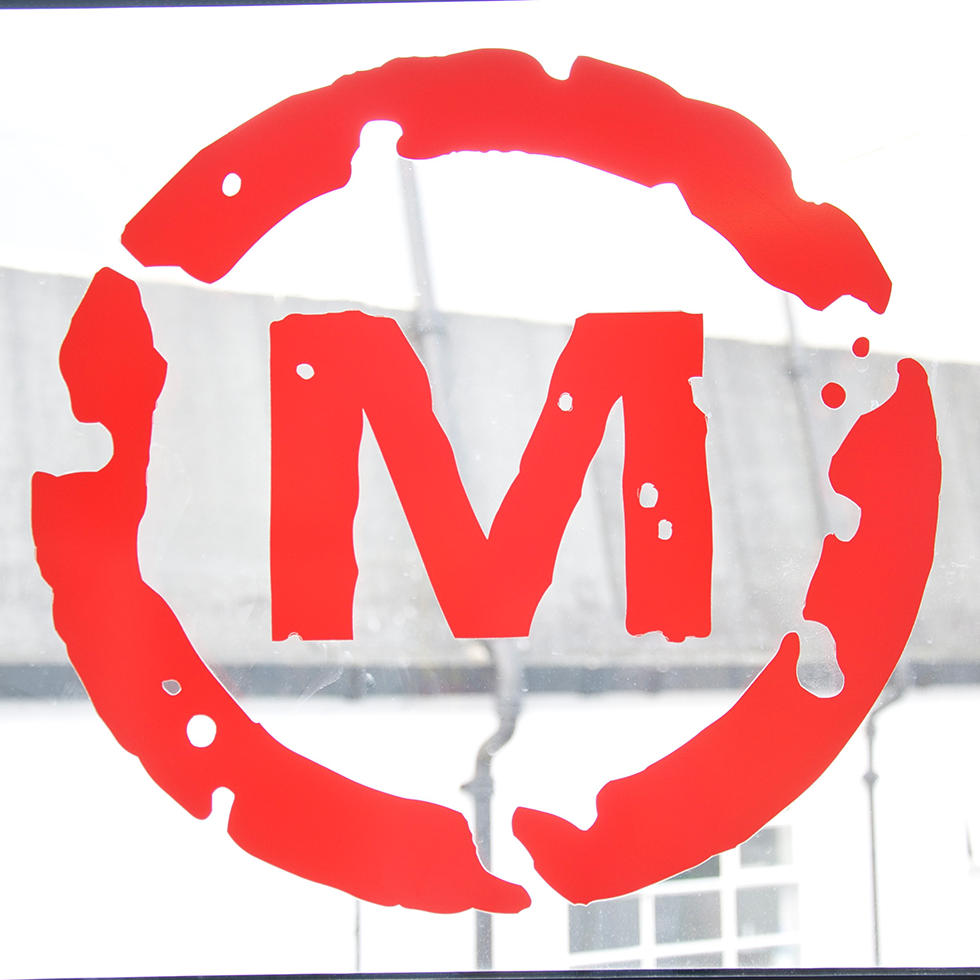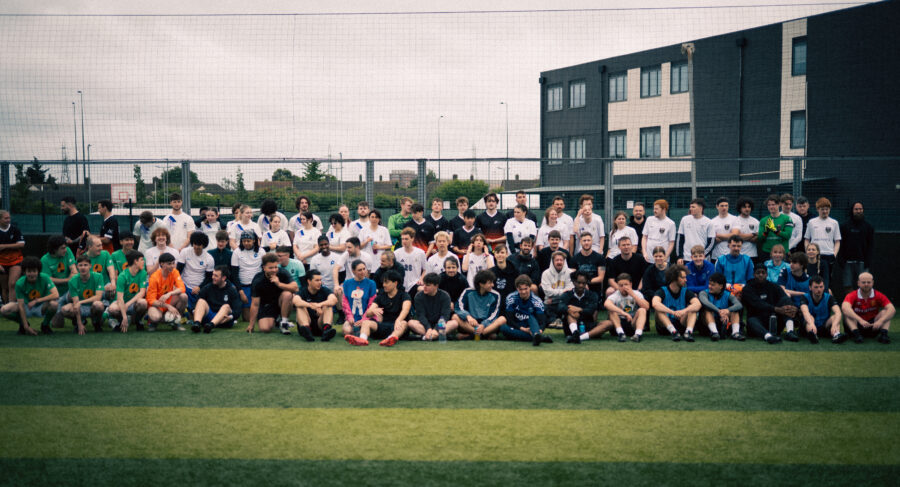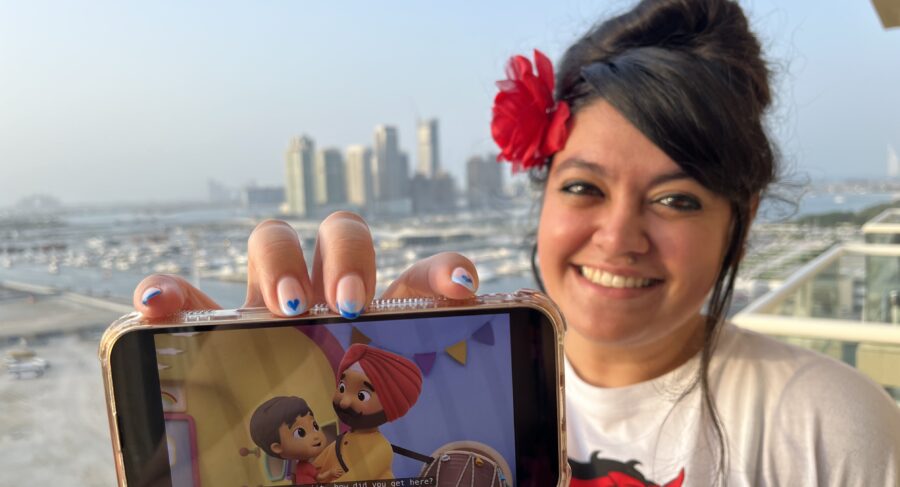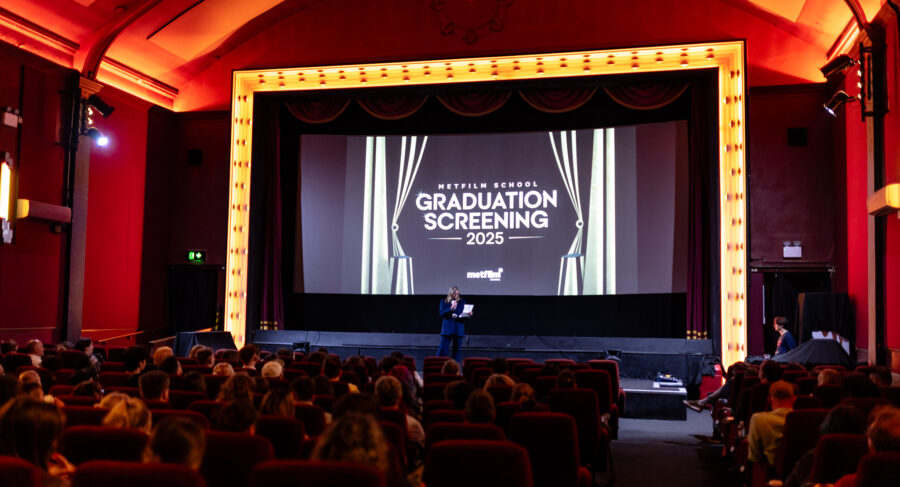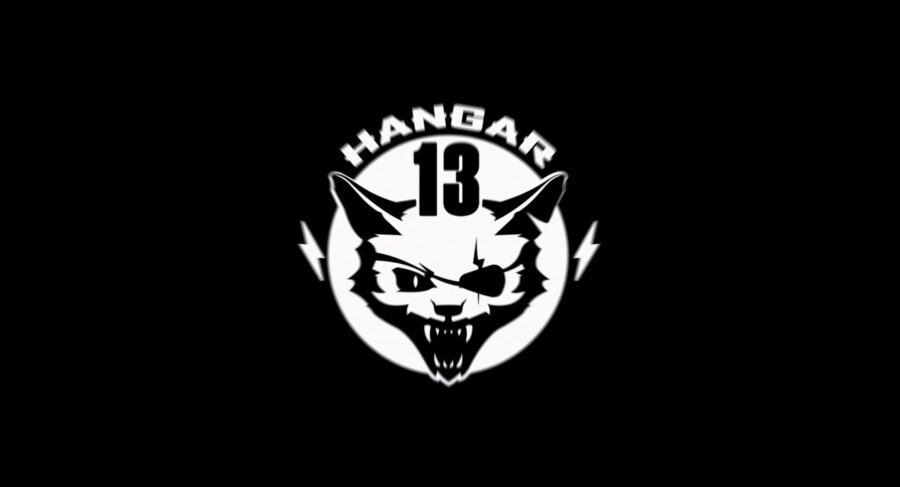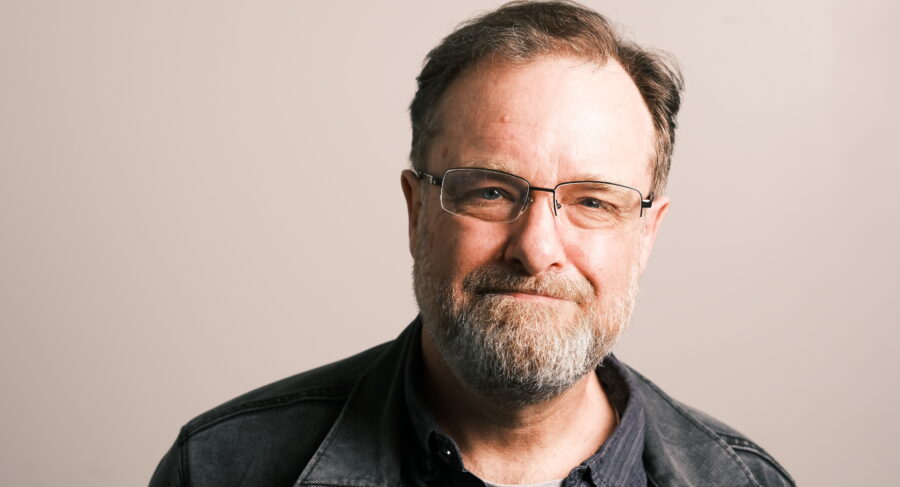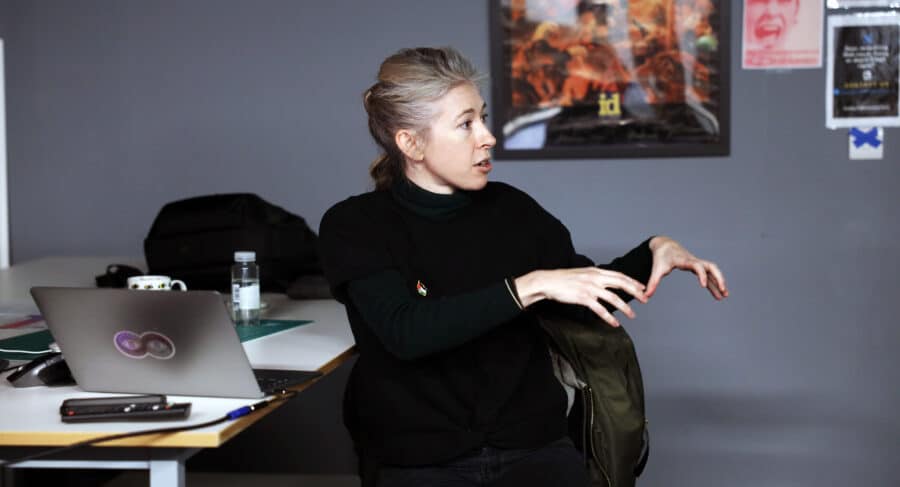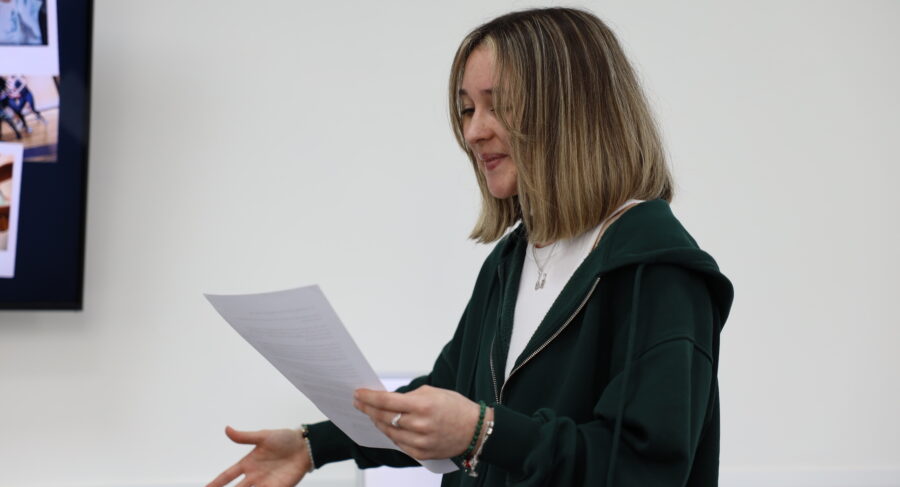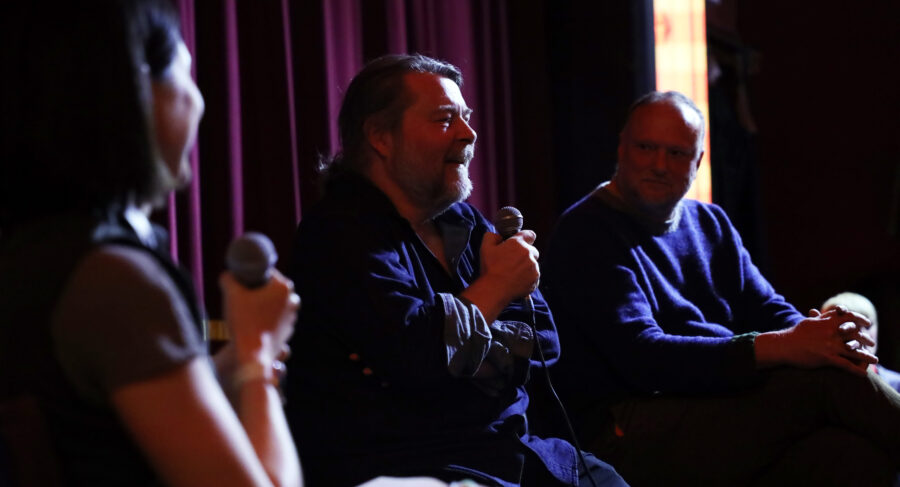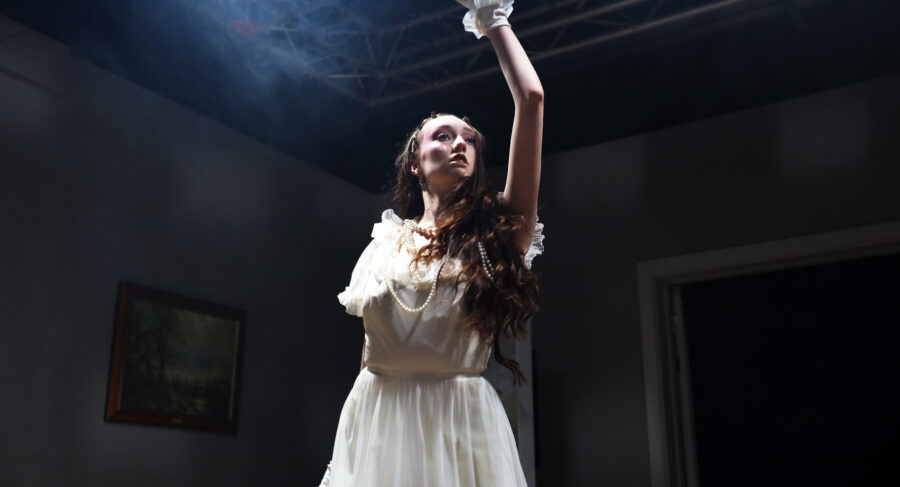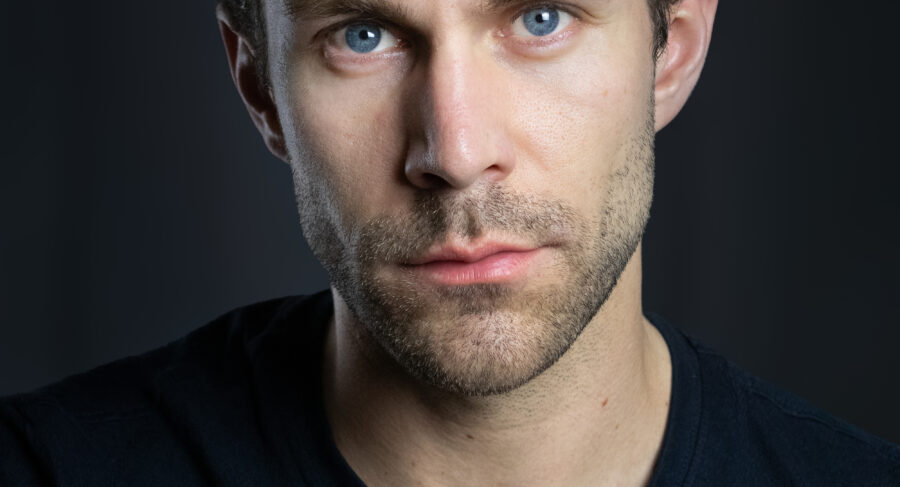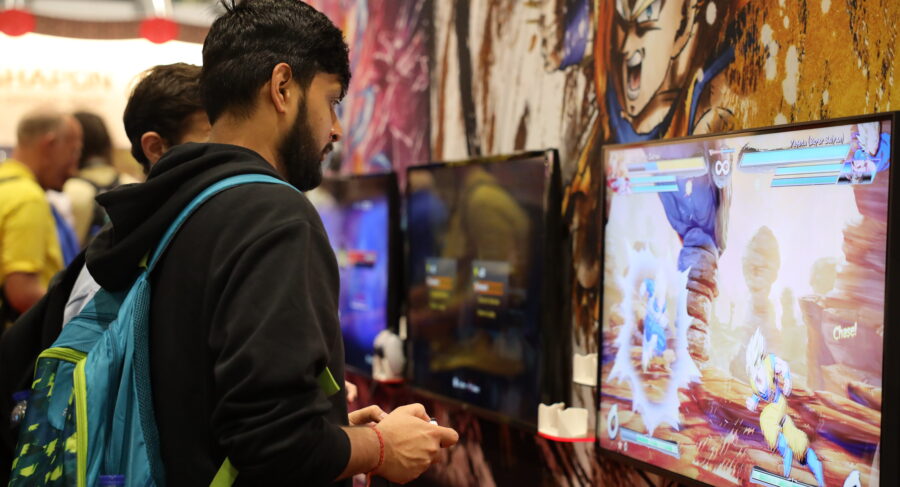Meet the Industry: Cinematographer Sir Roger Deakins (1917, Blade Runner 2049)
By Rosie Togher
07 May 2020
Award-winning cinematographer Roger Deakins has amassed an extraordinary body of work over the years. Best known for his work on The Shawshank Redemption (1994) where he received his first major award, Skyfall (2012), Blade Runner 2049 (2017) and 1917 (2019).
More recently Roger Deakins has started a podcast with his wife and collaborator James Deakins. ‘Team Deakins’ covers topics such as location scouting, lighting and shot composition (available now on Apple Podcasts and Spotify).
On Tuesday 5 May, we welcomed Roger Deakins to deliver a virtual masterclass discussing his career in the film industry where he also gave insight into how he approaches his work.
Here are five things we learnt from this MetFilm Masterclass…
Inspiring a Love of Film
- The War Game (1965) The technique used was so innovative, this played a huge part in the overall Documentary movement; taking that traditional aspect and using it in Drama by using non-actors was very bold in the style and the making of the film at the time. I also remember seeing Culloden (1964) and being blown away. It was quite different compared to films being done at the time and even now.’
Co-incidence and Luck
- Originally having a love of art and photography Roger fell into Film ‘I applied to a local Film School that was opening, I didn’t get in as I was considered not “filmic” enough and instead took a photography job in Devon. From there on I was lucky to meet different people and contacts which have helped me get to where I am today.’
- Has Roger been tempted to jump ship and Direct? ‘Yes, I have been tempted to Direct, but I love what I do. I’ve been very lucky to do so many films and work with so many great people. As a Director it may be years between jobs, I love being on set and the camaraderie between the crew, I have definitely found my niche.’
Top Career Tips
- The Film is the Director’s Film: ‘My attitude is that we are here for the Director. Allowing the Director to steer the project is really important.’
- Plan Well Ahead: ‘You want to get to a point where you feel confident to head onto a set without an idea in your head, but you know exactly what you need to achieve.
- Decisive Moment: ‘Going back to the idea of simplicity, you shoot a frame and you strip away everything apart from what you really need and then you build it back up. It is very much about selecting what Cartier Bresson called the ‘decisive moment’ where you are focused on a shot which expresses that moment in a scene.’
- Flexibility: ‘You may start a production with a storyboard, but you’ll get on set, where things can change, and you feel you could do it in one shot instead of six. A storyboard is a way of learning the script and learning what is important in each scene, so everyone is clear what the reason for that scene is.’ Working on Jarhead (2005), with Sam Mendes, there was no storyboard. Instead, we shot it all handheld and worked with the actors as we went along, which was not what I expected but it was fantastic’.
Filmmaking is a collaborative art form between the Director and Cinematographer
- ‘Spending time with the Director and the Production Designer when you are scouting locations and talking about sets is about getting an understanding of the goal. We may read a script and like it, but you then meet with the Director and they may see the script in a completely different way and in that case, it is best to part ways at that point.’
- ‘Working with the Director almost becomes like having a roommate, as it is months and months of working together, you’ve got to make sure you can communicate with each other, it’s a very personal thing.’
Most Technically Challenging Film
- 1917 (2019). ‘If we were shooting in England this year in April, where we had 19 days without a cloud in the sky and our shoot had to be in the clouds, we would not of being able to shoot the film as it would not have worked aesthetically, another example of luck! Likewise, shooting the burning of the Cathedral took a lot of preparation and if we had had a windy night, we would have had a completely different outcome. It is harder as there are all these aspects to take into consideration that are out of our control.’
Are you interested in studying Cinematography in London? Find out more about the postgraduate degrees offered by MetFilm School at Ealing Studios.
